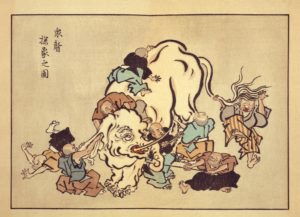
by Sauna A. Tulip
Wikipedia editor Paul Benjamin Austin has had an account since 2002, but started editing in 2001, before most people had even heard of Wikipedia. Back then he was known as PMelvilleAustin or PMA (for Paul Melville Austin). He was an admin, but resigned – twice. Looking over his many contributions, it isn’t hard to spot some of his interests: Dr. Who, Enid Blyton, children’s television programs, child actresses, and, most especially, murdered girls.

There is (apparently) nothing wrong with being very, very interested in little girls on Wikipedia, but Paul Austin seems to have engaged in some disturbing behaviour outside of Wikipedia too.
Online community warnings
In March of 2010, a blogger posted a warning to the Dreamwidth and LiveJournal communities about a troll identified as Paul Melville Austin (and a long list of other names, including Paul Benjamin Austin).
He has several behaviors, and a general pattern by which you can identify him:
He contacts users via email, IM’s or private messages.He usually presents himself as either a young woman (generally using a stolen icon) or as an older, disabled man.He frequently changes his name with each contact.He will generally start out saying something like “can I talk to you?”He then launches into a story of abuse.Sometimes the abuse will be sexual and sometimes it is disability-related, with either a sexual or humiliation component. The specific details vary from contact to contact.He will often express gender identity confusion and/or dating problems.He is interested in alternate history and fandom and will sometimes try to use this to get close to his new target.He often sets off the “squick-o-meter” when conversing with people. You may get a
…continue reading Meet the Editors: Paul Benjamin Austin




